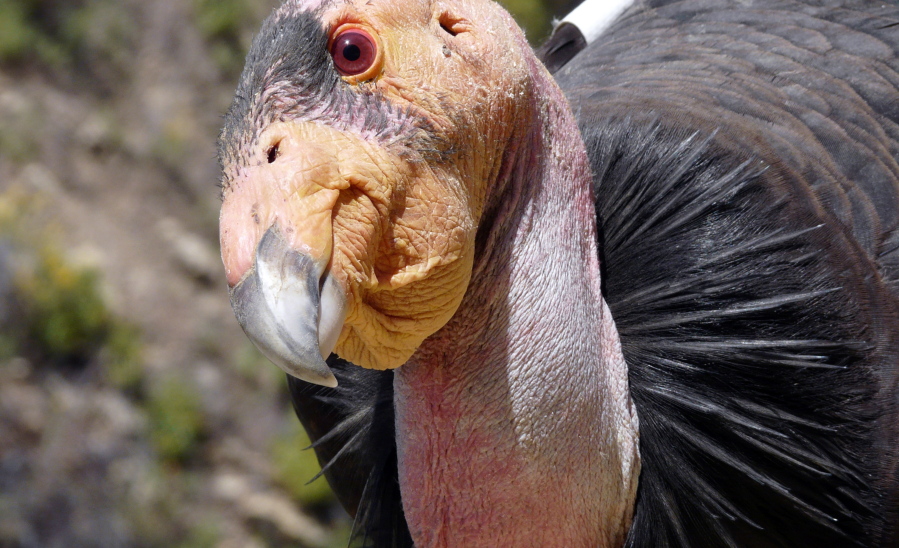BOISE, Idaho — A captive breeding program that at one time included every living California condor has passed a key milestone in helping North America’s largest bird return to the wild.
For the first time in decades, more condors hatched and fledged in the wild last year than adult wild condors died, officials with the U.S. Fish and Wildlife Service said.
Fourteen young condors took flight compared with 12 that died. Officials say it’s a small difference but a big step since the last 22 wild condors were captured in the 1980s to start the breeding program that releases offspring into the wild.
“That’s an indication that the program is succeeding,” said Eric Davis, the Wildlife Service’s coordinator for the California condor program. “We hope that wild birds start producing wild chicks, and that is what is happening more and more.”
In 2011, California condors in the wild for the first time outnumbered condors in captivity since the start of the breeding program. The wild population has since grown to 268 wild condors, with 167 in captivity.
Officials also counted 27 wild condor nests last year. Nineteen were in California, three in the Arizona-Utah border area and five in Mexico’s Baja Peninsula. Grand Canyon National Park in Arizona has a condor nest, officials said, as do Zion National Park in Utah and Pinnacles National Park in central California.
The captive breeding program continues with the Peregrine Fund’s World Center for Birds of Prey near Boise being the top egg producer, with six eggs laid this spring and nine more expected.
“So far it’s going fantastic,” said Marti Jenkins, condor propagation manager at the facility.
She said two eggs laid at the facility last year were placed in wild nests in California where eggs were either infertile or damaged. The replacement eggs produced fledglings that officials count in the wild population.
Davis said about 20 to 40 condors, typically less than 2 years old, are released into the wild each year. They can live for about 60 years.



